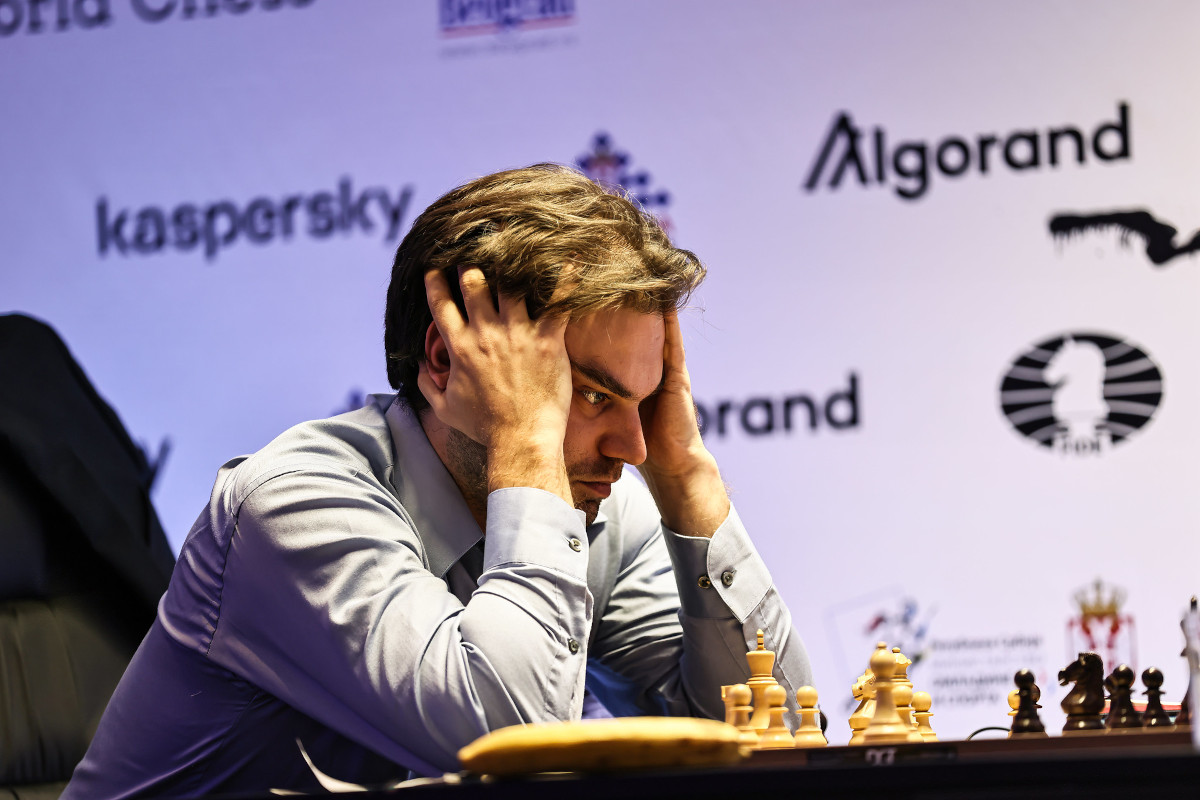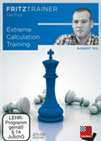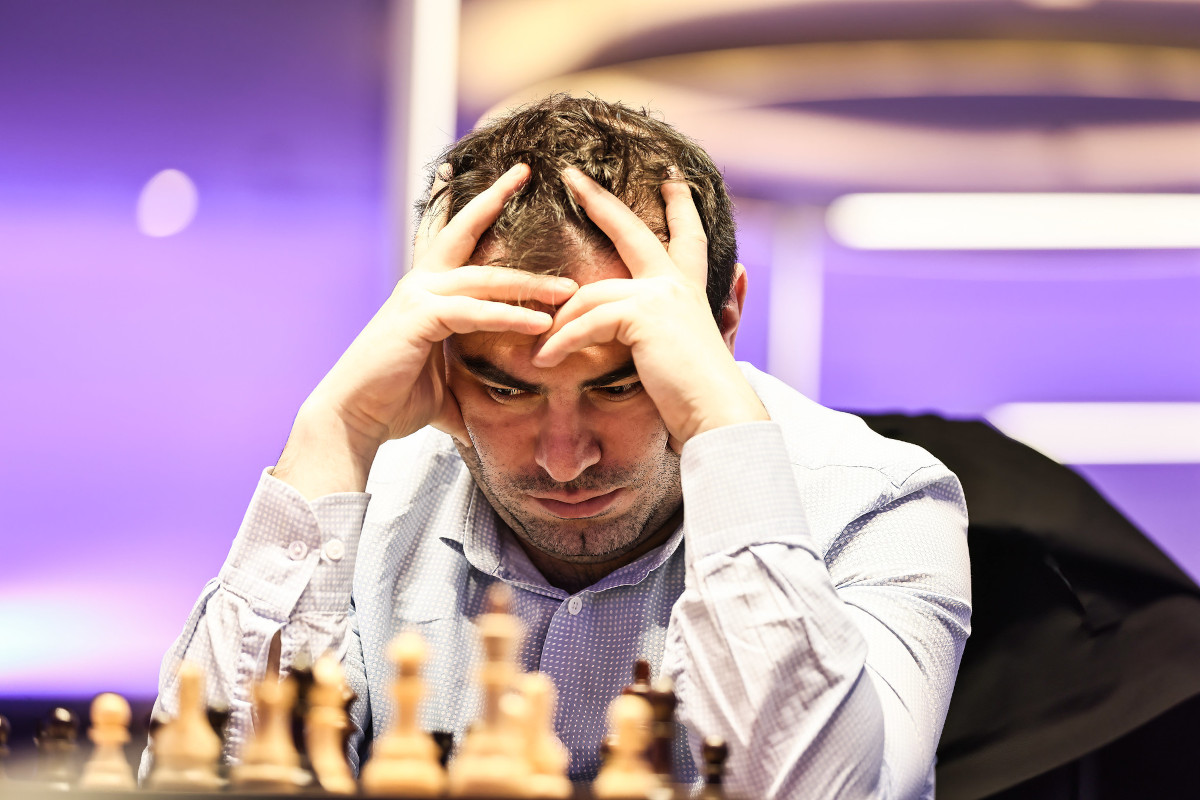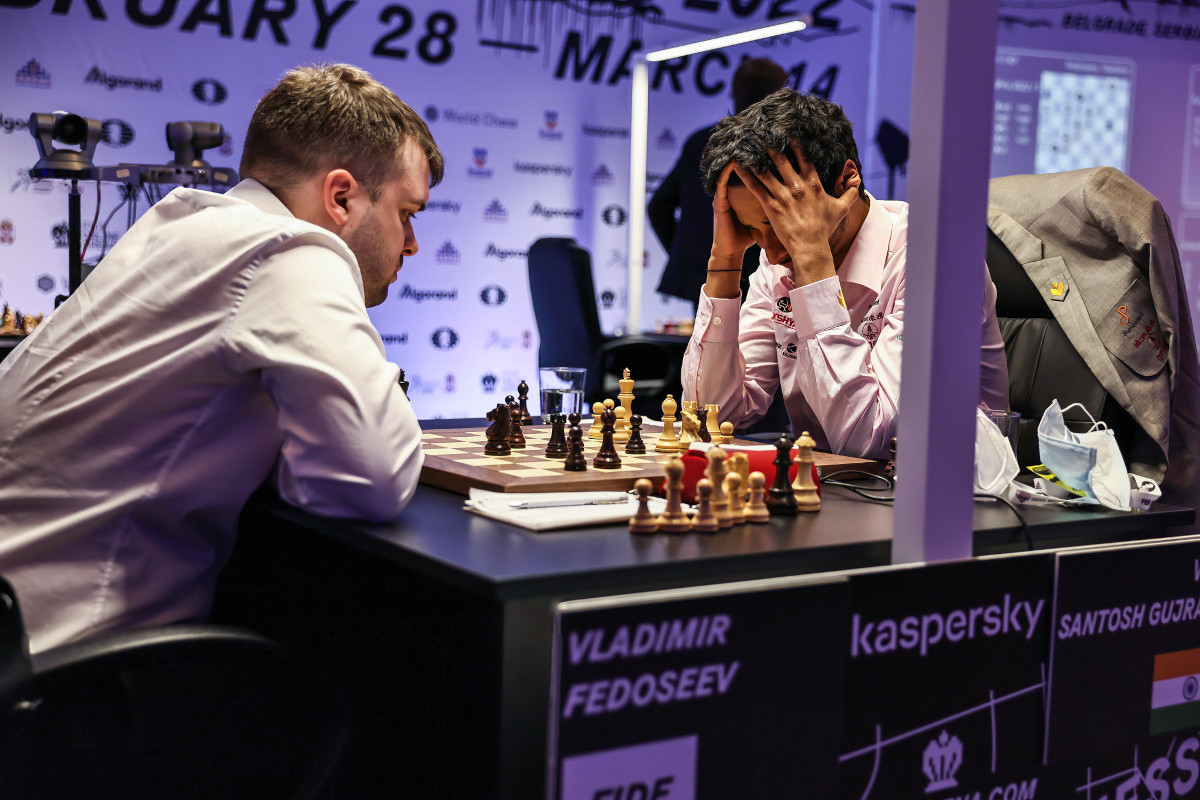Perfect scores
Anish Giri and Vidit Gujrathi are now the favourites to reach the knockout in pools B and C respectively. The only two players to have won their first two games have a 1-point lead over their closest chasers, Nikita Vitiugov and Richard Rapport. Talking about favourites with four rounds to go is definitely a stretch, however. A single loss would heavily hurt the leaders’ chances under this format.
 Garry Kasparov's rise to the top was meteoric and at his very first attempt he managed to become World Champion, the youngest of all time. In over six hours of video, he gives a first hand account of crucial events from recent chess history, you can improve your chess understanding and enjoy explanations and comments from a unique and outstanding personality on and off the chess board.
Garry Kasparov's rise to the top was meteoric and at his very first attempt he managed to become World Champion, the youngest of all time. In over six hours of video, he gives a first hand account of crucial events from recent chess history, you can improve your chess understanding and enjoy explanations and comments from a unique and outstanding personality on and off the chess board.Meanwhile, in pool A, Alexander Grischuk has confessed to having trouble dealing with the situation at home and the tournament at the same time. The Muscovite has lost to Dmitry Andreikin and Sam Shankland in the first two days of action. Douglas Griffin noted:
Pool A co-leaders Andreikin and Shankland are set to play their first direct encounter in round 3, with the Russian getting the white pieces.
In the remaining pool, all games have finished drawn, but not without a fight. In round 2, the rating favourites to reach the knockout played an exciting draw, as Shakhriyar Mamedyarov failed to find a way to convert his advantage against Maxime Vachier-Lagrave amid a double-edged tactical struggle.
Pool A: Entering an inferior endgame
The draw signed by Etienne Bacrot and Dmitry Andreikin included a few good-looking tactical shots, while Sam Shankland converted a superior endgame against Alexander Grischuk. As Karsten Müller shows in his analysis though, Black could have theoretically saved a draw in what seemed like a completely winning pawn endgame for White.
Shankland’s 36.b4 theoretically gave away the win, as Black can eventually simplify into a drawn queen ending. However, as our in-house expert clarifies, White is very likely to win in a practical game. For Grischuk to find the drawing line would have been extremely difficult.
In the game, instead of 36...Kc7, which would have forced Shankland to calculate potential pawn races immediately, Grischuk played 36...g5, and soon had to resign. White is much quicker on the queenside.
Do not miss Karsten Müller’s full analysis in the replayer below.

Co-leader Sam Shankland
Pool B: Giri’s pretty game
Talking about his second win of the event, Anish Giri happily noted that it had been “a pretty game at the end”. Nikita Vitiugov, who came from winning on Tuesday, failed to correctly deal with White’s attacking chances when he played 30...c5
 In 60 minutes you can get an idea how to play versus the Kings Indian like an expert like GM Loek van Wely, known for his epic battles in the Kingsindian with Teimour Radjabov.
In 60 minutes you can get an idea how to play versus the Kings Indian like an expert like GM Loek van Wely, known for his epic battles in the Kingsindian with Teimour Radjabov.
Giri mentioned that his opponent “panicked” by pushing his c-pawn, when 30...Nc4 was the way to keep fighting. After the text move, White has 31.Qg6 Bd8 32.Rh7
Vitiugov resigned in this position. White threatens to capture on g7 and d8, while a move like 32...Bf6 would be responded by either 33.Qh4 or the calmer 33.Re3, as White has enough time to build up an attack while his opponent’s pieces are uncoordinated or out of play — the knight on a3 is a mere spectator.

Anish Giri
Pool C: Vidit beats Fedoseev
In a group with three clearly aggressive players — Richard Rapport, Vladimir Fedoseev and Alexei Shirov — it is Vidit Gujrathi who has taken the early lead. After beating Shirov, the Indian made the most of Fedoseev’s miscalculation in a double-edged endgame.
41...Ke8 was the Russian’s decisive mistake. The refutation is by no means trivial, though. Vidit thought for 15 minutes before playing the strong 42.a4, deflecting the bishop from the defence of the d-pawn. Now after 42...Bxa4 43.Bf6 Black cannot force a rook exchange with 43...Rc2+ 44.Kg3 Rc1, since White can simply capture on d3.
Fedoseev, of course, saw this and tried 43...e5, but there was no defence for him anymore. Vidit activated his rooks and forced his opponent’s resignation 12 moves later.
The final position.
Pool D: A fighting draw
Fan favourites Maxime Vachier-Lagrave and Shakhriyar Mamedyarov played the most exciting game of the day, as the two fighting players opted for sharp continuations almost at every turn out of an Open Ruy Lopez.
It was Shakh who missed a tactical shot that would have granted him an all-important victory.
 Special attention will be paid to Intermediate Moves, Quiet Moves, Sacrifices on Empty Squares, Mating Patterns, Ignoring Opponents Threat, Calculation in Defence and Method of Comparison. Plus 50 interactive examples to test your knowledge.
Special attention will be paid to Intermediate Moves, Quiet Moves, Sacrifices on Empty Squares, Mating Patterns, Ignoring Opponents Threat, Calculation in Defence and Method of Comparison. Plus 50 interactive examples to test your knowledge.
The Azerbaijani had given up a piece for activity and strong passers in the centre. Here he played the very tempting 24...d2, which allows White to force a draw by perpetual check via 25.Rxe2 d1Q+ 26.Rxd1 Qxd1+ 27.Nf1 Qxe2 28.Qxg5+
And the black king cannot escape the checks.
In the first diagrammed position, Shakh could have gone for the sneaky 24...Ra7, bringing another piece to the attack. Of course, calculating that all ensuing lines are favourable for him is a daunting task in such an imbalanced position, even for a player of his calibre!

Shakhriyar Mamedyarov
Links


























